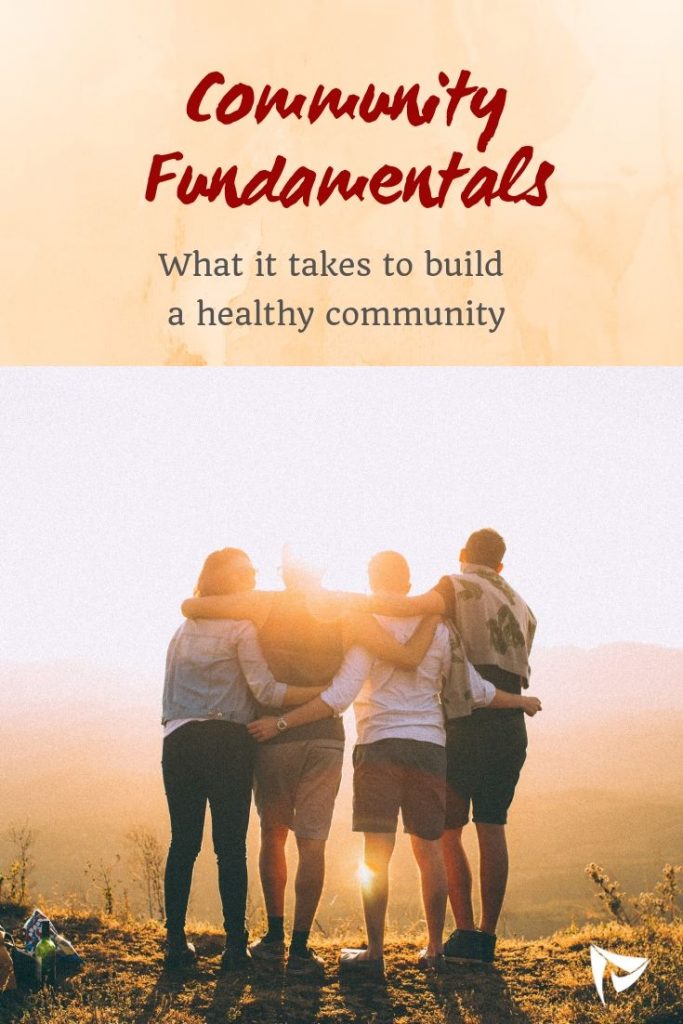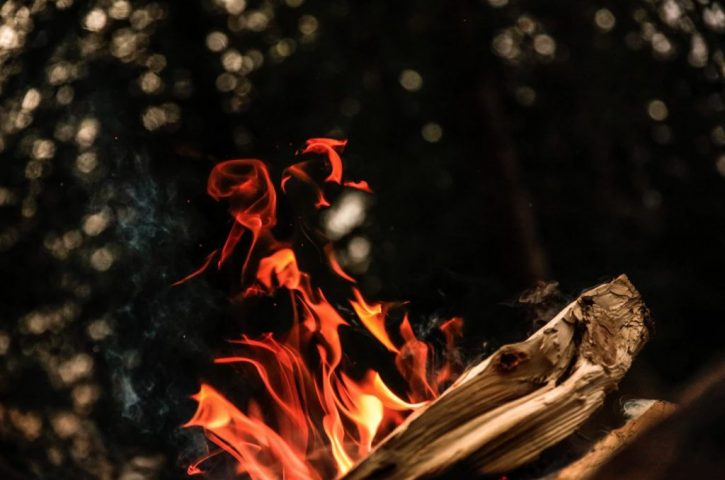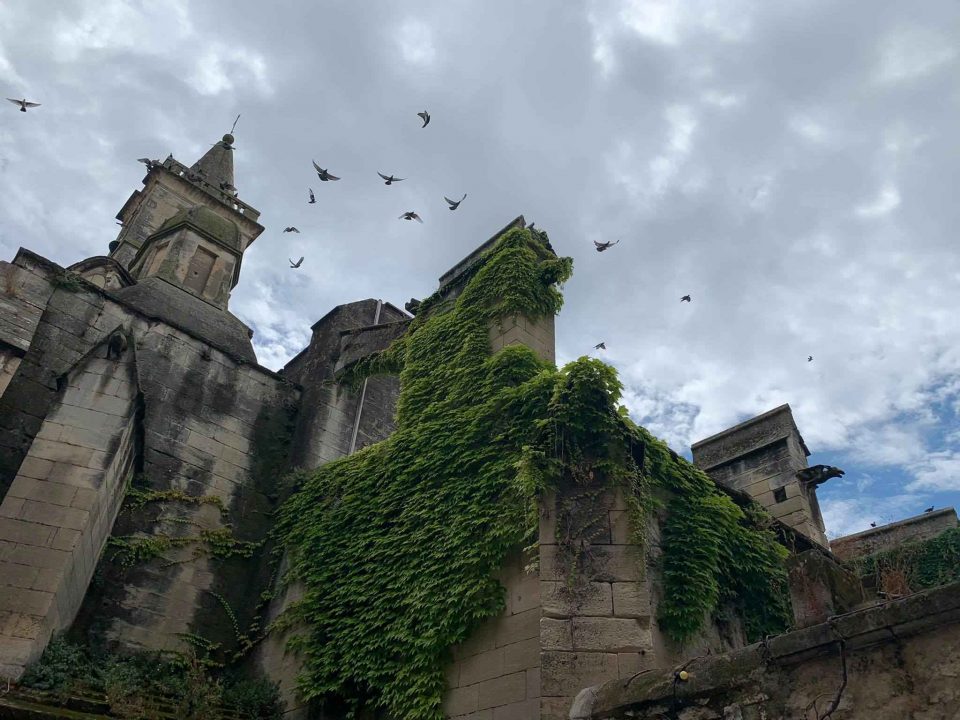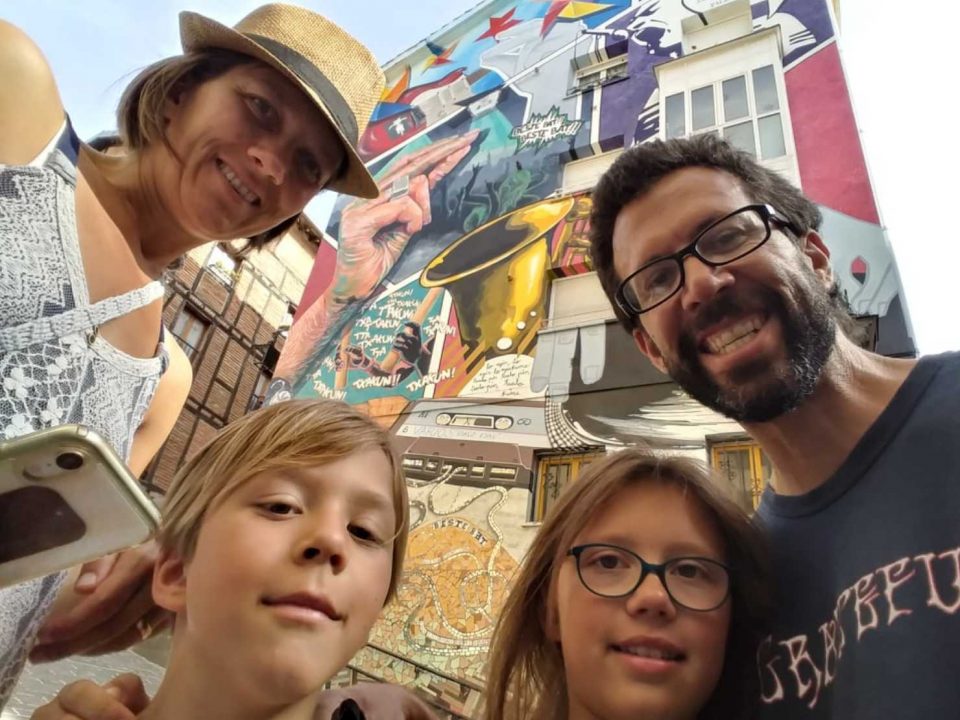
Following the Multiple Intelligences for a holistic education
April 15, 2019
My Worldschool PhD: Coronavirus quarantine in California
April 21, 2020For the overwhelming majority of human history, our ancestors cohabited in small clans of 40 to 50 individuals, living in perfect harmony with nature. But today, most of us live in cities with neighbors numbering in the tens of thousands, if not millions, all plundering the planet for food, energy and parking space.
Yet somewhere, in the backs of our primate brains, we still long for that sense of closeness and community, to be surrounded on a daily basis by familiar faces we know and trust. More and more people, especially young families, but also singles and the elderly, are expressing an interest in living in more communal, like-minded and tightly knit collectives.
Of course, it’s easy to romanticize the brutal lives of our ancestors, and the course of history is not something that can be switched into reverse. We can, however, take lessons and models from the past and incorporate them into our modern day existence. To do so, we must approach the situation with eyes wide open, with very clear goals and a genuine awareness of the risks involved.
Hopes and fears of community living
Before you sign up for communal living, you need to think long and hard about what you want and expect from it. Here are some of the benefits that our family envisions.
- Being around people who share certain values. Specifically, for us, those values include mutual respect, stewardship for the planet, non-violence, holistic health, curiosity, creativity, openness, and tolerance.
- Being around other families with different backgrounds, knowledge and skills to share, including all different age groups, to provide a stimulating environment where children can learn. (Like minded does not mean they should all belong to a singular narrow mentality.)
- Being around friendly, familiar faces, and sharing time with them. This includes community projects, community meals, community clean-up, helping a neighbor paint their house, bringing meals to neighbors in times of need (e.g. with a newborn baby or recovering from surgery).
- Giving children the opportunity to be raised by a village, with a range of adult role models with different strengths and characteristics.
- Having the option not to participate when you feel the need for privacy or to be alone with family.
- Having community space for hosting guests, workshops and other activities, including potential fundraisers for the community.
- Saving money and reducing single-use packaging by ordering things like rice, oats, flour, cleaning products, etc. in bulk.
- Sharing tools and special equipment. In a community of 20 households, you don’t need 20 lawn mowers, 20 extension ladders, 20 large format printers, 20 table saws, 20 swimming pools, etc. By sharing, in a responsible way, individuals can afford to invest in better quality tools that will be put to good use, instead of engaging in frivolous consumption. Members can can also enjoy other amenities like a sauna, for example, that might otherwise be unaffordable and impractical.
Living in a community requires certain compromises as well. As a member of the group, you are expected to contribute and participate. You also have less autonomy than if you lived in a completely private home. It’s a give-and-take arrangement. So it’s necessary to understand the issues and find ways to minimize problems.
- Private property vs. public property? Communal property is great in theory, but in most cases it doesn’t work out that well. Our vision is based on a co-housing model, in which families own (or rent) their own private space, including their own house and small garden area. The community has additional areas which are shared, including a green space and play area, a communal house with a community kitchen and library, a workshop area, and so on.
- Privacy? Surrounding yourself with friends is great, but sometimes you just need to be alone. A balance of public and private space is essential, and that balance will be different for everyone.
- Monthly membership dues? When buildings and landscape areas belong to the community, it’s very difficult to ensure healthy maintenance without regular contributions of time and money from residents. These details must be spelled out clearly and fairly.
- Meetings and participation? Community living and common property means getting together regularly to discuss upkeep and seasonal projects. Like membership dues above, everyone must make some contribution, and again, those details need to be spelled out clearly.
- Who’s the boss? Decision making is one of the most difficult challenges in communal living. Diversity should be respected and even celebrated, but sometimes you just need to agree and move forward. The form of governance we like best is called Sociocracy. The problem with democracy is what’s called the tyranny of the majority, which inevitably produces a disgruntled minority. At the same time, it’s often impossible to achieve full consensus. Sociocracy is rule by consent, where not everyone gets their first choice, but compromise is negotiated until no one objects.
Moving forward
So who’s on board? I think everyone I talk to agrees that this is the way forward. Without turning away and rejecting the larger global community, we need to find ways to live more closely with others.
How can we cooperate with our neighbors on the other side of the earth if we can’t even work together with our neighbors next door? We need to mend the divisions and learn to coexist on a small scale, not only for the sake of our own mental health, but for the health and happiness of our children, our planet’s future.
Now what are we waiting for? It seems like everyone’s just waiting for someone else to step up and buy a 40-acre plot of land where the rest of us can come and park our tiny homes and set up our yurts.
But for the community to succeed, I think every member has to have some skin in the game, or own a piece of the pie. At the same time, individual ownership must be in something both tangible and fungible. In other words, it’s not enough to say that each family owns 12.5 percent of the compound. They need more than a dream and bushel of kale at the end of a rainbow.
People need security, they need privacy, and they need an exit strategy. Each family or household should own a discrete parcel, a distinct unit. And whether it’s a small plot of land, a detached home, or an apartment, the individual household should have the possibility to sell their clearly defined parcel and move on, without compromising the community.
It takes a village
If I had answers to all these questions, I would probably be living the dream by now. Instead I’m looking to you, the community, to help me out. With just a few more pieces, I think we can complete the puzzle. Of course, I don’t expect a one-size-fits all solution. Every community should have its own distinct character, depending on its members, their unifying philosophy, their geographic location, and so forth.
My best idea so far has been to get two or three families together, find an abandoned village or neighborhood, and just start moving in and fixing it up. Three founding families, for example, could purchase four neighboring houses, reserving the fourth house as a common property for community events and activities. They could start renovating, building gardens, playgrounds and art studios, and it wouldn’t take long for more like minded families to follow suit. If you build it, they will come, right?
That’s one idea, but I’m sure there are better ones. So share yours with us, because I can’t solve this on my own. It’s going to take a village.
FURTHER READING: To learn more about our ideas for community building, be sure to check out these other articles.
- The Future of Education: Location independent schooling
- A Directory of Worldschool Hubs
- Finding a Sensible School in a Non-Sensical World
- World School Ranch (a Facebook group, formerly known as Working Title Ranch)






